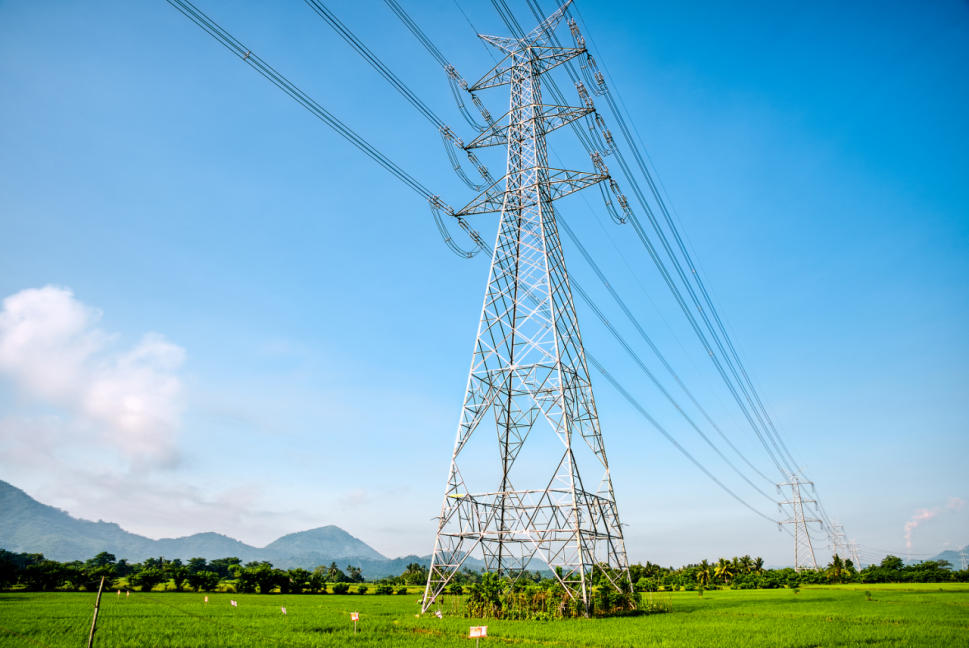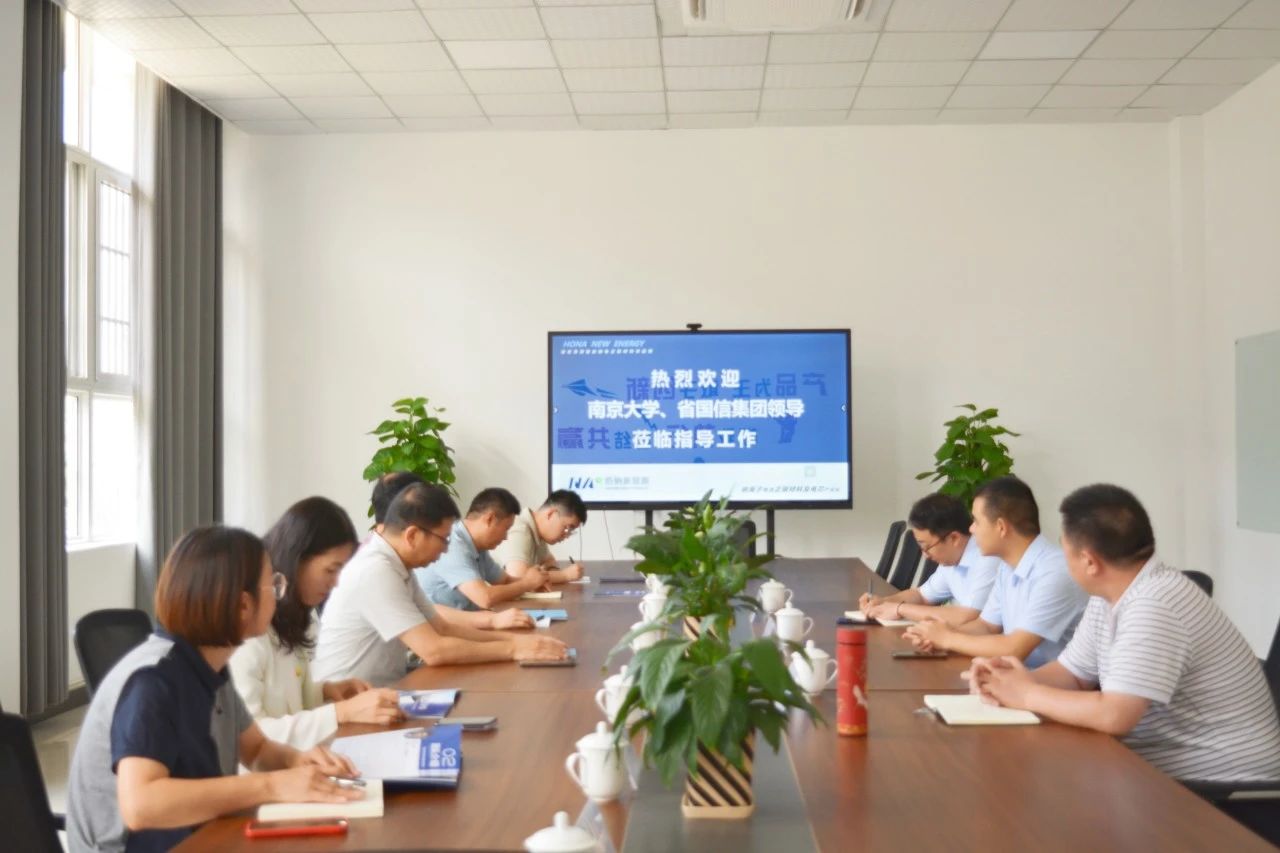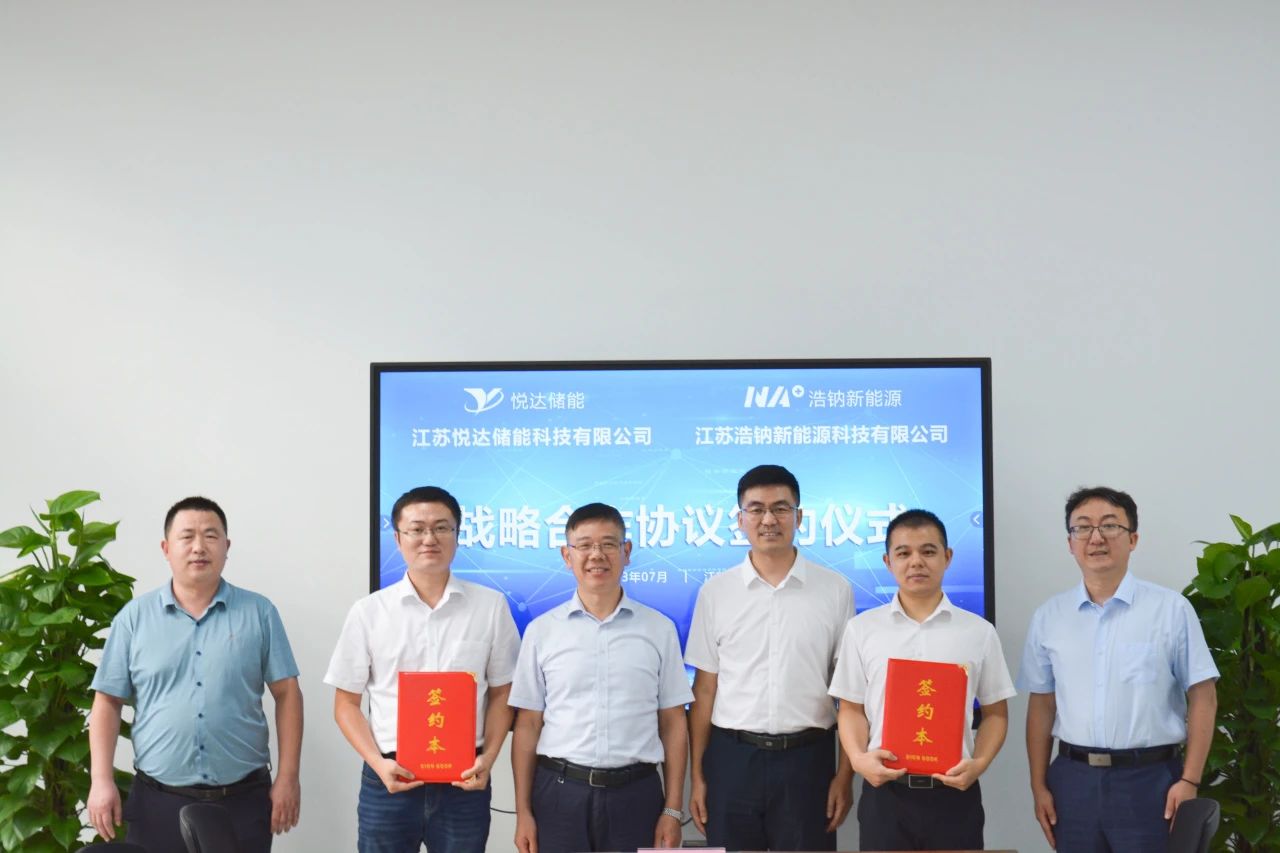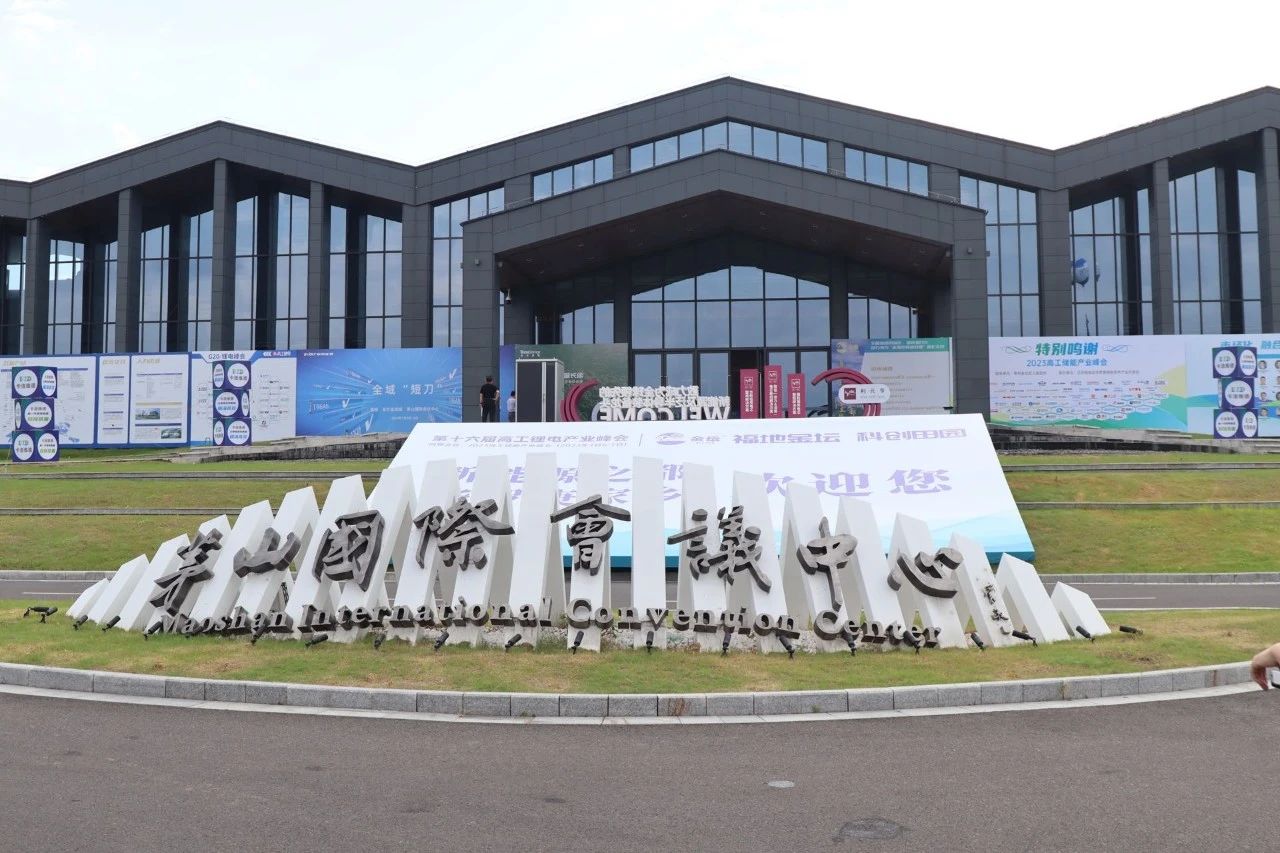

- Home
-
About HoNa
 National Hotline0515-6880-8988
National Hotline0515-6880-8988 -
R&D
 National Hotline0515-6880-8988
National Hotline0515-6880-8988 -
Products
 National Hotline0515-6880-8988
National Hotline0515-6880-8988 -
News
 National Hotline0515-6880-8988
National Hotline0515-6880-8988 -
Contact Us
 National Hotline0515-6880-8988
National Hotline0515-6880-8988
We take your privacy very seriously and when you visit our website, please agree to all cookies used.
Hona Mini Science Popularization - Energy Storage Field of Sodium Ion Battery Application Scenarios
Sodium ion batteries, also known as sodium ion batteries, are electrochemical energy storage devices that utilize the movement of sodium ions between the positive and negative electrodes for charging and discharging. Similar to potassium ion batteries, the positive electrode materials of sodium ion batteries include layered transition metal oxides, polyanionic compounds, Prussian blue and its derivatives, etc. The negative electrode materials include amorphous carbon materials such as hard carbon, soft carbon, and composite carbon. The electrolyte salt is generally sodium hexafluorophosphate, and the solvent is a mixture of solvents such as EC, DMC, EMC, DEC, and PC.
The advantages of sodium batteries include low cost, richness, and affordability, as well as higher energy density compared to carp ion batteries. This makes sodium electricity have broad application prospects in the field of energy storage, which can serve as a backup power source for large-scale energy storage systems, such as wind power and solar cell arrays. In addition, sodium electricity can also be applied to the power battery system of electric vehicles to reduce the cost of electric vehicles. In areas with harsh environments, such as ocean and oil gas drilling, the electrolyte of sodium batteries is relatively stable and can work in high temperature and salinity environments. The main application areas of sodium electricity include energy storage, low-speed electric vehicles, electric tools, communication base stations, backup power supplies, etc. With the continuous development of technology and the reduction of costs, the application range of sodium electricity is expected to gradually expand, especially in some areas that require high safety and reliability. Sodium electricity is expected to become the mainstream technology through proxy electricity

The development trend of sodium electricity mainly includes the following aspects:
1. Strengthen research on safety and reliability: The safety and reliability of electricity are one of its main advantages. Therefore, in the future, it is necessary to strengthen research and development on the safety and reliability of sodium electricity to improve its safety and stability in various application scenarios. 2. Improve battery performance: By improving positive and negative electrode materials, optimizing electrolyte formula and structure, and other methods, the energy density, rate performance, and cycle life of sodium batteries can be improved. 3. Cost reduction: The material cost of sodium electricity is relatively low, but its overall cost is still higher than that of potassium electricity. Therefore, reducing the manufacturing cost of sodium electricity and increasing production capacity is one of the future development directions.
4. Research and development of new sodium electrical materials: With the development of sodium electrical technology, new types of positive and negative electrode materials, electrolyte materials, and electrode structures are constantly emerging, which are expected to further improve the performance of sodium electrical materials and reduce costs.
However, there are also some issues that need to be addressed with sodium batteries, such as the potential generation of oxygen during charging and discharging, which can affect the battery's lifespan, and the relatively small number of positive electrode materials. At present, sodium ion batteries have entered the commercialization stage and are expected to form a basic industrial chain by 2023. In the future, with the continuous progress of technology and the increase of research and development investment, it is believed that sodium batteries will play an increasingly important role in the field of energy storage.
Energy storage refers to the process of storing energy for release when needed. Energy storage technology can convert energy into different forms through various physical or chemical methods, such as mechanical energy, electrical energy, chemical energy, etc., to achieve long-term or short-term energy storage and release. The application fields of energy storage technology are very extensive, including four categories: power energy storage, communication energy storage, household energy storage, and portable energy storage.
In the future, with the continuous progress of technology and the continuous expansion of applications, energy storage technology will play a more important role in the energy field and make greater contributions to the sustainable development of humanity.

The application range of energy storage technology is very wide, including but not limited to the following aspects:
Peak shaving of electricity: Energy storage technology can be used to adjust the peak load of the power system and alleviate the contradiction between power supply and demand.
Renewable energy grid connection: Energy storage technology can be used for renewable energy generation grid connection, balancing power supply and demand, and improving the stability and reliability of the power grid.
Energy storage: Energy storage technology can be used to store excess energy for release when needed, such as solar energy, wind energy, etc
Smart microgrid: Energy storage technology can be used to build smart microgrids, achieve decentralized energy storage and utilization, improve energy utilization efficiency. In the field of transportation, energy storage technology can be used for energy supply of electric vehicles, drones, and other transportation vehicles, achieving green travel.
The application range of energy storage technology is very wide, including but not limited to the following aspects:
Peak shaving of electricity: Energy storage technology can be used to adjust the peak load of the power system and alleviate the contradiction between power supply and demand.
Renewable energy grid connection: Energy storage technology can be used for renewable energy generation grid connection, balancing power supply and demand, and improving the stability and reliability of the power grid.
Energy storage: Energy storage technology can be used to store excess energy for release when needed, such as solar energy, wind energy, etc
Smart microgrid: Energy storage technology can be used to build smart microgrids, achieve decentralized energy storage and utilization, improve energy utilization efficiency. In the field of transportation, energy storage technology can be used for energy supply of electric vehicles, drones, and other transportation vehicles, achieving green travel.
Return
Hot News
-
Hona News | Leaders from Provincial Guoxin Group and N...

On August 9, 2023, Zheng Shijin, General Manager of the Science and Tech...
2023-08-15
-
Official Announcement | Hona New Energy and Yueda Ene...

On July 27th, Jiangsu Haona New Energy Technology Co., Ltd. and Jiangs...
2023-08-16
-
Hona Dynamics | Driven by the economic demands of sodium ...

From July 6th to 7th, the High Tech Energy Storage and High Tech Indust...
2023-08-16


